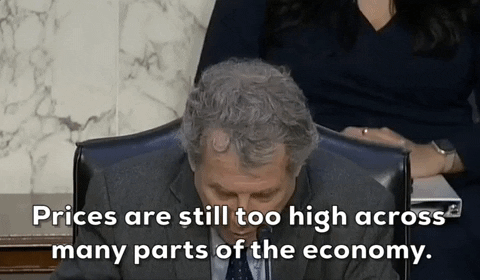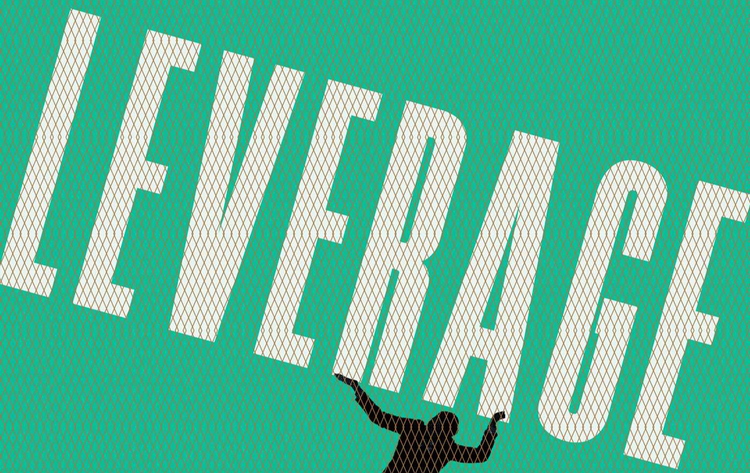Jargon Junction: Inflation

According to Merriam-Webster, the definition of inflation is:
A continuing rise in the general price level usually attributed to an increase in the volume of money and credit relative to available goods and services

Simply put, inflation occurs when the prices of the things you want to buy today are higher than the prices of those same things when you bought them in the past.
As we’ve all experienced first-hand, inflation has been running hot during the last several years, which has reduced consumer’s purchasing power (e.g., how far each dollar stretches) and pressured personal finances.
For example, before the pandemic, at the Target in my neighborhood, a gallon of fancy organic milk cost $7. Now, five years later, that same gallon of fancy organic milk at that same Target costs $10. Thanks, Obama.

Rapidly rising prices can destroy consumer confidence and destabilize entire societies (see: The Weimar Republic). Because the phenomenon disproportionately harms “working class” people, inflation can also become a politically expedient talking point for opportunistic politicians and pundits (see: 2024 U.S. Presidential Election).

As for what causes inflation, there are myriad factors at play, but ultimately prices rise when there’s a mismatch between supply and demand.
Supply shocks (e.g., limited goods vs. escalating demand), loose monetary policy (e.g., interest rates too low), tight labor markets, corporate price gouging, and consumer fatalism are all put forth as reasons why inflation occurs.
Of course, because economics is 54% art history, 43% philosophy, 2% algebra, and 1% religious studies, none of this can be proven using the scientific method.

Rather than continue to trawl through the macroeconomic muck2, I’ll close this edition of Jargon Junction by highlighting persistent inflation’s pernicious effects.
According to the Consumer Price Index, after decades of very low inflation, prices increased by +4.7%, +8.0%, +4.1%, and +3.2% from 2021-24. While the recent downward trend is positive, the cumulative effect means nominal prices have increased by +21.5% over a four-year window.
In absolute terms, if a generic item was priced at $10.00 in 2020, its cost rose to:
- $10.47 in 2021
- $11.31 in 2022
- $11.77 in 2023
- $12.15 in 2024
Even if the inflation rate falls back to the Fed’s [arbitrary] +2.0% target in 2025, the nominal prices on a wide basket of goods and services will still have risen by almost twenty-five percent over a five-year window. That hurts.
Anybody whose wages failed to keep pace — or anybody who feels like their wages failed to keep pace — is, or is perceived to be, poorer (read: rightly apoplectic but wrongly xenophobic).





